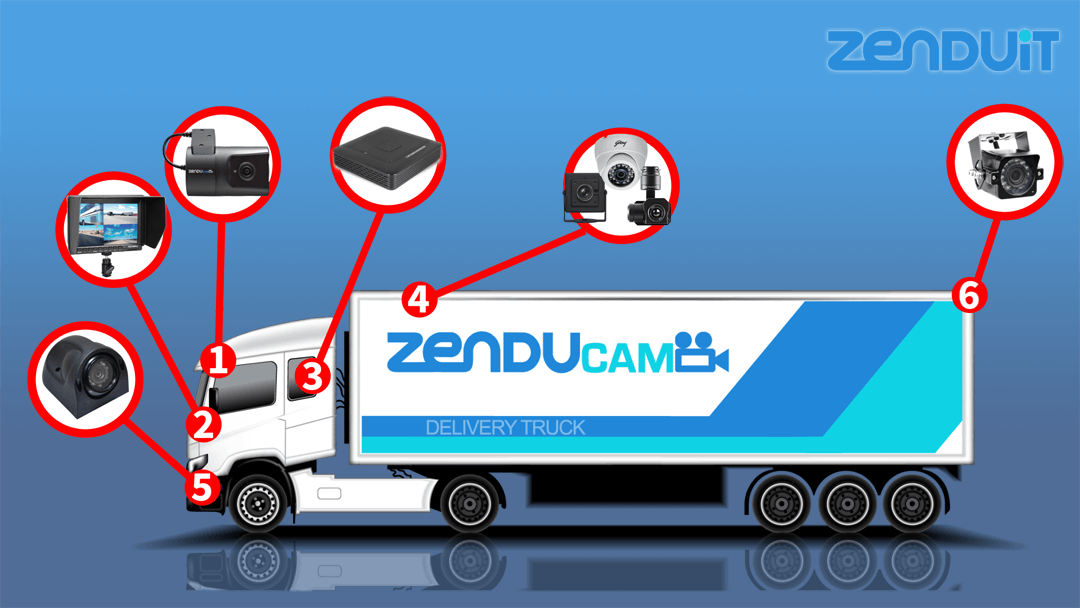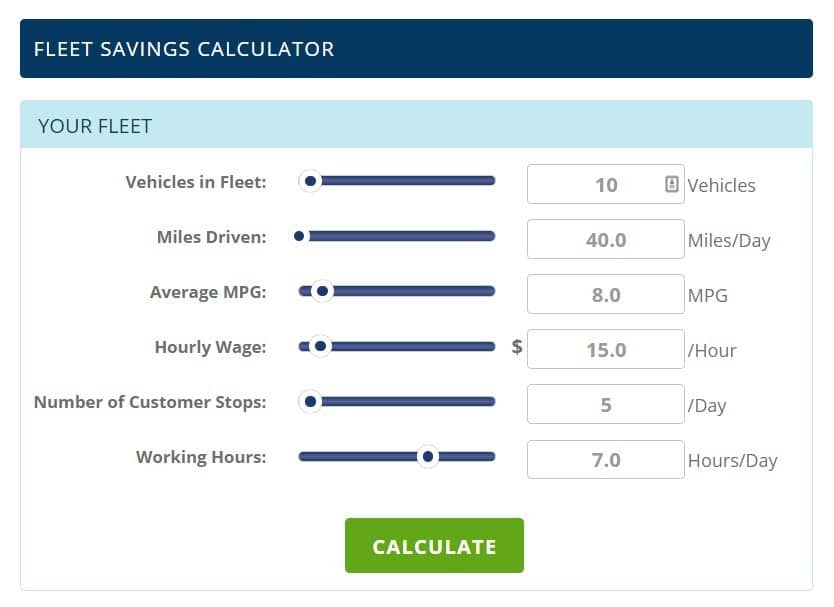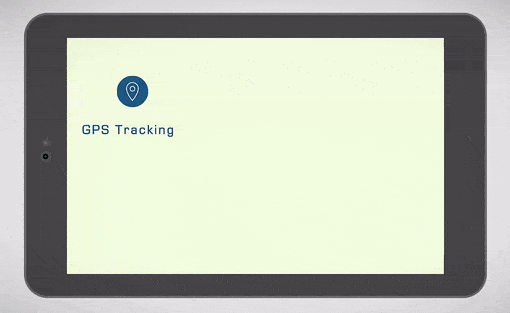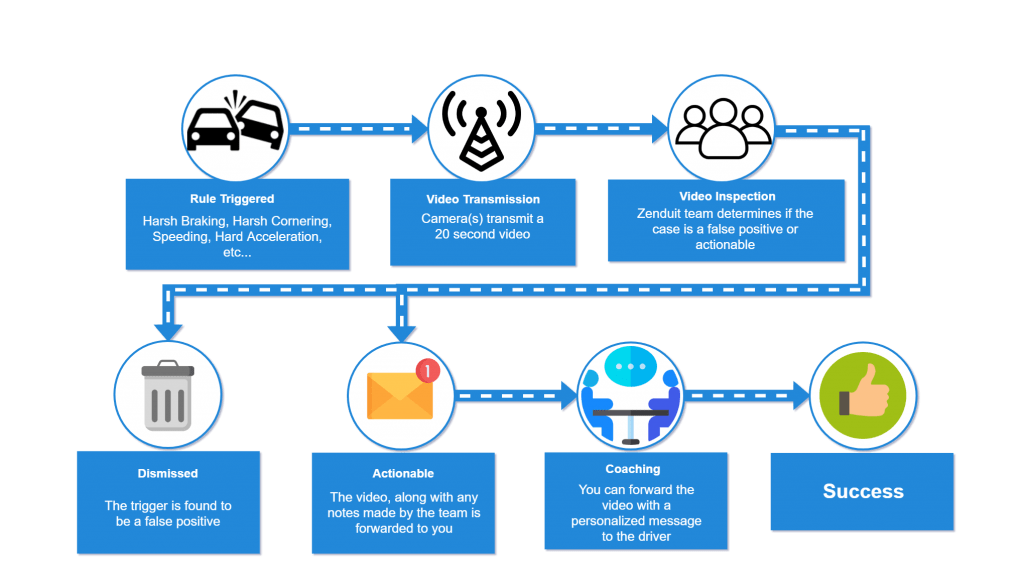As a provider of telematics to various industries, ZenduIT has found that there are certain telematics myths that many business owners still believe in. In fact, we’ve noticed that even if a myth is not true, it can still account as a roadblock for a business moving forward with telematics technology. Limiting the organization from reaching its fullest potential. To help reduce the number of myths believed by businesses, we have compiled a list of the most common telematics myths below.
Common Telematics Myths Businesses Hear
“Telematics is like big brother.”
Many businesses stray away from implementing telematics because they believe that it won’t be widely accepted among their team. The main reason for this is because it appears as a ‘big brother’ technique of monitoring. And with little to no acceptance, the solution risks failing.
However, it should be made known that telematics solutions are not for the purpose of watching over your team to cause harm. Rather, it’s a security and optimization tool. As telematics solutions monitor the activity of various assets or tasks, it can alert managers or employees when something is happening – specifically when something bad is happening. For example, in a transport truck that is moving temperature sensitive products, telematics solutions can be deployed and utilized to act as a tool to gain evidence during driving events. As camera solutions can be installed in-cab and around the vehicle, if there is an incident (such as a fender bender), managers can review the recorded footage to confirm who was at fault. As well, use such footage to provide better training opportunities.
“Telematics technology is only useful in big or large scale organizations.”
The second myth we would like to address is the idea that telematics technology is only useful for large-scale organizations. This is not true. While large organizations may see a ROI on a grander scale, that does not mean that smaller businesses won’t see a return-on-investment as well. Telematics solutions focus on gathering data to not only provide insight into processes and employee action, but software and algorithms can be used with the data help improve efforts in businesses of any size. When it comes to fleet services, there are ROI Calculators which estimate the amounts that fleets of any size could save when they invest in fleet services as many telematics solutions focus on efficiency and optimization. Check out GoFleet, a provider in telematics solutions, for an innovative ROI calculator that takes into account the number of vehicles in the fleet, the miles driven, the average MPG, hourly wage of drivers, as well as the customer stops to provide you with an estimate! Click the button below!
“Telematics is only important for trucking and large transportation companies.”
A common telematics myth that many businesses unknowingly believe, is that telematics is only beneficial for transportation companies, specifically those in trucking. This is not necessarily true as telematics technology and supplementary solutions can help any fleet-based business. Telematics technology focuses on gathering data from a variety of assets (such as trucks, heavy equipment or even cars) to display such information visually on a dashboard, digital map, and even email alerts. In fact, benefits that include boosted productivity, increased efficiency, improved dispatching and fuel monitoring can be seen in fleets ranging from tractor trailers to delivery cars, and in fleets with over 50 vehicles to fleets of 2 vehicles. Proving that as long as solutions are properly installed, employees are properly trained on how to use the tools, and appropriate changes are made based on the data collected, any vehicle-based company can utilize telematics and see success!
“Telematics is expensive.”
While there are telematics myths surrounding which types of businesses can use the innovative technology, there are also myths that pertain to the price. Specifically, that telematics is too expensive of a technology to deploy. While, in some cases this may hold some truth (depending on the number of assets you’re looking to monitor), the initial cost of telematics technology is regained once properly implemented. This is through the return-on-investment (ROI) to be specific. Typically, 30% of businesses who purchase telematics solutions and review the data to make actionable change notice a ROI in six months or less. Many stating that the technology often pays for itself in a matter of months. Even so, depending on your unique needs and industry, you may find that there are a number of solutions at varying price points with varying features. Sometimes, if you are only looking for one specific feature, you may not need a pricey solution until your organization grows or your needs change. It is important to note that some solutions are easily expandable and integrable more easily than others. So when looking at price and features, always think about what your business may need in the future. A cheaper solution now may mean it will be difficult to add new features in the future.
“All telematics solutions are the same.’
The next myth that will be discussed, relates to the variety of telematics solutions and how many believe that all solutions are the same. This myth is not true as briefly mentioned, each provider and solution can have varying features or offerings. These factors, adjusting the price as mentioned above. To be specific, some solutions that are higher in price will likely have more extensive or complex features and offerings – solidifying the higher price. This methodology is also the same when looking at a more basic solution that has limited features but a lower price tag. Depending on the provider, their specialty or even their location, it is possible to see different pricing.
“Deploying and managing telematics is time consuming.”
The final telematics myth that we and others within the tech-industry encounter is the myth that deploying and managing telematics is too time consuming for businesses. Meaning, businesses should not take advantage of the vast amounts of data that could be obtained because it would be just too much to handle. While some managers or teams may feel a little overwhelmed, once the appropriate training is completed, many learn how to effectively and efficiently program their solutions and review data. With this being said, there are also services being offered by some telematics providers like ZenduIT. Offerings like Managed Service is an add-on solution offered by ZenduIT for businesses with the ZenduCAM system. Managed Service (or known as ZenduCAM+) focuses on reviewing any triggered video events that the camera system records, and human-reviews it on your behalf to determine whether action should be taken. If it is a false trigger, the video will be deleted. However, if the video requires further review by management, the video will be forwarded with notes and recommendations by the trained video team to the owner operator or manager of the fleet business. Allowing for management to only be required if necessary to lessen the workload and stress of implementing new solutions.
For many businesses, telematics technology is on the horizon for their industry if it is not already used. With this being said, businesses must take the time to properly research the tools available to thoroughly understand how the technology can truly benefit their organization! Knowing what telematics myths are in fact myths will only help businesses as false claims will not unknowingly hold back the success of the company.
If you’re interested in learning more about how a telematics solution can be leveraged by your company and whether you’re listening to any myths, contact us today!












































